What Are The Current Climate Change Policies In The Us
Take Climate Activeness in Your Community
- Find out how the Bipartisan Infrastructure Law can assistance your community supercharge the transition to clean energy, clean up pollution, and more.
- Encourage your customs to join the President'southward Building Performance Standards Coalition to reduce emissions while lowering free energy bills.
- Assistance your school electrify their iconic yellow busses and make classrooms healthier and more than energy efficient.
- Explore the new "Solar Power in Your Customs" guidebook to advance solar projects and jobs in your city, county, or town.
- Follow President Biden'southward pb on sustainability – aid your company, organization, or local government reduce emissions across operations through the Meliorate Climate Claiming.
- Apply to bring together the Department of Free energy'southward Clean Energy Corps, a group of current agency staff and new hires who volition advance the clean energy revolution.
President Biden's Actions to Tackle the Climate Crunch
President Biden campaigned on a bold vision of tackling the climate crunch with the urgency that scientific discipline demands, past building a clean energy economy that benefits all Americans—with lower costs for families, good-paying jobs for workers, and healthier air and cleaner water for communities.
Since Day One, President Biden has delivered. After rejoining the Paris Agreement and restoring U.S. leadership on the world phase, President Biden created the first-e'er National Climate Chore Strength, with more than 25 Cabinet-level leaders from across agencies working together on groundbreaking goals:
- Reducing U.S. greenhouse gas emissions 50-52% below 2005 levels in 2030
- Reaching 100% carbon pollution-free electricity by 2035
- Achieving a net-goose egg emissions economy past 2050
- Delivering 40% of the benefits from federal investments in climate and clean energy to disadvantaged communities
The Biden-Harris Administration is taking decisive steps to reduce emissions, increase resilience, accelerate ecology justice, and attain true energy security. This federal mobilization, building on the leadership of states, Tribal Nations, and local governments, has already spurred historic progress:
- The United States set records for clean energy deployment in 2021, bringing enough new solar and wind projects online to power ten million homes and tripling utility-scale battery storage capacity.
- Since President Biden took office, the two-millionth electric vehicle hit the route, companies announced investments of over $100 billion dollars in American EV manufacturing, and the rate of public EV charger installation nearly doubled.
- Major climate "firsts" included the Assistants's approval of the first commercial-scale offshore air current project in federal waters, the first commercial flight powered by 100% sustainable aviation fuel flight from Chicago to DC, and U.S. steel and cement companies committing for the first time to reach net-nada emissions no afterward than 2050.
- Clean energy is by far the biggest chore creator in America'south energy sector, with over 3 meg Americans employed in clean energy jobs during 2021 earning wages 25% over the national median.
- On the international stage, President Biden worked with Eastward.U. counterparts to rally more than 100 countries to join the Global Methane Pledge, a new partnership to reduce super-polluting methyl hydride emissions 30% from 2020 levels past 2030.
President Biden and Vice President Harris also made climate action and environmental justice a centerpiece of the Bipartisan Infrastructure Law. This legislation provides the largest federal investments e'er in upgrading the power grid, improving public transit and investing in nix-emission transit and school buses, installing a nationwide EV charging network, cleaning up legacy pollution, replacing lead pipes and delivering clean water. President Biden'southward Bipartisan Infrastructure Law volition also strengthen the nation'south resilience and save taxpayer money, helping communities safeguard confronting farthermost conditions events, catastrophic wildfires, and other climate-related disasters—which concluding year acquired more than than $145 billion in amercement from the biggest 20 disasters alone.
This is the decisive decade for the world to confront climatic change and avoid the worst, irreversible impacts of this crisis. That'southward why the President has called on Congress to human activity on climate past providing clean energy investments and tax credits that volition bring down the sticker prices of EVs, weatherize homes and businesses to cut free energy costs, and salve American families an average of $500 a yr. President Biden will keep leading to meet this moment and deliver economic opportunities, wellness benefits, and household savings here at home—by accelerating our transition to make clean energy, and protecting Americans from fossil fuel cost spikes.
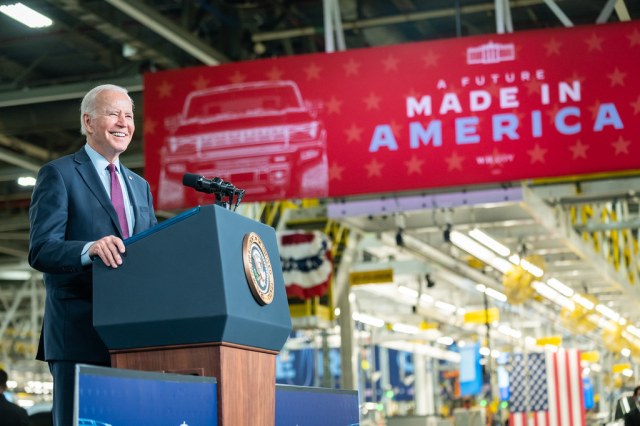
President Biden's
Leadership in Action
Through executive and regulatory deportment, public-private partnerships, international affairs, and more than, President Biden is working towards achieving his bold goals while taking steps to grow the economy, create jobs, and build a clean energy future – all while rallying the world to step up too.
Reducing Emissions and Accelerating Make clean Energy
President Biden and Vice President Harris have mobilized a whole-of-government attempt in every sector of the economy – taking executive actions that volition reduce greenhouse gas emissions, accelerate clean energy production and deployment, and create good-paying jobs that strengthen the economy. In improver to the actions below, the Administration is leading by example across federal operations and procurement through the President's Federal Sustainability Programme.
- Launched the American offshore wind industry, approving the outset big-scale projects, identifying new current of air free energy areas in the Atlantic and the Pacific, and holding a record-breaking $4.3 Billion lease sale in the New York Bight – putting this major new industry on runway to achieve the President's bold goal of deploying 30 gigawatts of offshore current of air by 2030, all while creating good-paying union jobs upward and downward the supply chain.
- Fast-tracked clean energy projects to bring jobs and savings to communities, by approving record levels of solar and other renewables on public lands, helping local governments advance community solar projects and rooftop installations, and launching a new initiative to deploy distributed energy resources in disadvantaged communities.
- Advanced power grid upgrades to increase reliability, lower costs, and unlock more make clean free energy through the "Building a Better Grid" initiative to deploy more than $xv billion from the Bipartisan Infrastructure Constabulary and build out long-distance manual lines, and past helping Puerto Rico harness $12 billion in federal recovery funds to strengthen filigree resilience and achieve its 100% clean electricity target.
- Invested in rural electric infrastructure through a $464 million investment from USDA to expand smart grid technologies and help agricultural producers and rural small-scale businesses install make clean free energy systems.
- Accelerated innovation by creating an Energy Earthshots Initiative to drive clean free energy breakthroughs and dramatically reduce the cost of critical technologies, hosting the commencement White Business firm Fusion Peak, and launching a new DOE Office of Clean Free energy Demonstrations to oversee more $twenty billion from the Bipartisan Infrastructure Law.
- Rallied automakers and autoworkers around an electrical transportation future, setting a national target of l% electric vehicle sales share in 2030 and spurring investments in new American factories to manufacture EVs, batteries, and chargers.
- Launched EV Charging Action Plan to deploy $7.5 billion from the Bipartisan Infrastructure Police to build out a national charging network that is user-friendly, reliable, and equitable, through a new Articulation Part of Energy and Transportation.
- Finalized strongest rider vehicle standards in American history to increase average fuel economy to 49 miles per gallon, reduce greenhouse gas emissions, protect communities from pollution, and save drivers money at the pump.
- Accelerated clean buses, trucks, and ports with Vice President Harris announcing actions to reduce pollution from heavy-duty transportation and invest in electric vehicle models for public transit, schoolhouse bus fleets, freight and port operations – providing relief to fenceline communities who bear the brunt of these dirty emissions.
- Strengthened battery supply chains past invoking the Defense Production Human activity to support American product of critical minerals and materials such as lithium, securing almost $7 billion in the Bipartisan Infrastructure Law for domestic battery manufacturing and recycling—all while adhering to strong sustainability and community engagement standards.
- Advanced the hereafter of American aviation, coordinating leadership and innovation across the federal government, aircraft manufacturers, airlines, fuel producers, and more to produce 3 billion gallons of sustainable fuel and reduce aviation emissions by twenty% in 2030.
- Expanded a plan to help families weatherize homes with a $three billion Bipartisan Infrastructure Police investment in the Weatherization Assistance Plan to increase energy efficiency, make homes healthier, and lower free energy bills for thousands of American families.
- Updated free energy-saving apparatus and equipment standards with a roadmap for 100 actions by the cease of 2022 that volition salvage households an boilerplate of $100 dollars a yr through more efficient air conditioners, stoves, refrigerators, and more.
- Supported subnational action, launching a new Building Performance Standards Coalition of over 30 states and local governments to reduce building emissions, create good-paying marriage jobs in free energy efficiency and electrification, and lower free energy bills.
- Invested in school facility upgrades with Vice President Harris announcing a new Biden-Harris Action Programme for Building Ameliorate School Infrastructure to support energy efficiency retrofits and other improvements that save school districts money and deliver health and education benefits to students, educators and schoolhouse staff.
- Accelerated innovation with the launch of the Initiative for Better Energy, Emissions, and Equity on RDD&D of clean heating and cooling systems to support sustainable buildings and updated Free energy STAR standards to promote innovative heat pump technologies and encourage electrical appliances.
- Advanced clean domestic manufacturing, with major announcements on using trade policy to reward American manufacturers of make clean steel and aluminum, a Buy Make clean Task Force for federal purchasing of depression-carbon construction materials, $9.five billion from the Bipartisan Infrastructure Constabulary for clean hydrogen, and more, and the first comprehensive U.S. government plan to build an Energy Sector Industrial Base.
- Issued the U.S. Methyl hydride Emissions Reduction Action Programme with more than than 40 actions across multiple agencies to cut methyl hydride emissions from the oil and gas sector, abased coal mines, landfills, agriculture, buildings, and more, while protecting public wellness, promoting U.S. innovation in new technologies, and helping utilise thousands of skilled workers across the country.
- Launched the phasedown of super-polluting hydrofluorocarbons found in refrigerators, air conditioners, and other equipment, with actions from six agencies to reduce HFC emissions by 85% over 15 years while strengthening domestic manufacturing of alternatives.
- Promoted responsible deployment of Carbon Capture, Utilization, and Sequestration (CCUS) technologies, with guidance to help agencies ensure projects are environmentally sound, create wedlock jobs, and reduce cumulative pollution in nearby communities.
- Expanded partnerships to reduce industrial emissions, with DOE's Better Buildings, Better Plants program now covering 3,500 facilities representing virtually 14% of the U.Due south. manufacturing footprint, and launched the Depression Carbon Pilot to back up even greater ambition.
- Launched the America the Cute challenge to conserve thirty percent of U.S. lands and waters by 2030 past accelerating locally led conservation, leveraging $i Billion in public and private investments, and putting natural solutions to work in our fight against climate change while strengthening local economies.
- Restored and strengthened protections for cherished places, including Bears Ears, Chiliad Staircase-Escalante, and Northeast Canyons and Seamounts National Monuments, equally well as the Tongass National Woods and Bristol Bay in Alaska—all of special importance to Tribal Nations.
- Protected sensitive areas from oil, gas, and hardrock mineral leasing, including the Arctic National Wildlife Refuge, Chaco Coulee, and Boundary Waters, and ensured thorough and science-based review of all fossil fuel projects on public lands.
- Accelerated the restoration of the Great Lakes with a $1 Billion investment from the Bipartisan Infrastructure Law to provide clean drinking water, economic opportunities and ecology benefits for communities in the region.
- Appear a $1 Billion-dollar investment in Climate-Smart Agriculture through a partnership initiative that volition create new market opportunities for commodities produced using climate-smart practices.
- Expanded admission to outdoor recreation spaces in urban areas with $150 1000000 in grants through the Land and H2o Conservation Fund'southward Outdoor Recreation Legacy Partnership prioritizing communities that lack in outdoor recreation opportunities.
- Re-established regulations to protect America'south waterways to ensure environmental protections for water bodies that are disquisitional to the wellness, safety and economic vitality of communities.
Advancing Environmental Justice and Empowering Workers
President Biden has made historic commitments and activated the entire federal regime to advance ecology justice, create good-paying union jobs, and invest in the health and wellbeing of disadvantaged communities that are marginalized, underserved, and overburdened by pollution.
- Launched and implemented the Justice40 Initiative to deliver 40 pct of the overall benefits of federal climate, clean energy, affordable and sustainable housing, make clean h2o, and other investments to disadvantaged communities, with new guidance to assist agencies transform hundreds of programs, and a new Climate and Economical Justice Screening Tool to ensure that agencies are consistently identifying and directing benefits to disadvantaged communities.
- Directed resources to reduce environmental and wellness burdens through historic Bipartisan Infrastructure Constabulary investments to make clean up legacy pollution, cap orphan oil & gas wells, repossess abandoned mine lands, and supercede lead pipes.
- Helped families salvage on energy costs past doubling funding for the Depression Income Home Energy Help Program, accelerating abode efficiency and electrification retrofits, and supporting locally-driven clean energy plans to lower utility bills.
- Established the commencement-e'er White Firm Environmental Justice Informational Council to ensure that voices of historically marginalized, underserved, and overburdened communities are heard in the White House and reflected in the policies and investments of federal agencies. The Council has provided extensive recommendations that are informing the implementation of the Justice40 Initiative and other policies and programs across the Administration.
- Created new ecology justice strategies across the federal government, including stronger enforcement of ecology violations in overburdened communities, the offset-ever Part of Climatic change and Health Equity, agency Equity Action Plans that advance environmental justice, and more.
- Formed an Interagency Working Group on Coal and Power Plant Communities and Economic Revitalization to help place and mobilize over $200 billion in federal funding opportunities that can exist used to reduce pollution, back up new industries, and create good-paying jobs.
Strengthening Climate Resilience
Four in x Americans alive in a county that was impacted by a climate disaster last year. As climate-related extreme weather events increase in frequency and ferocity, the U.Southward. is taking bold steps to strengthen the nation's resilience to severe impacts climatic change has on our communities, infrastructure, economies, and more.
- Secured over $50 billion in resilience investments through the Bipartisan Infrastructure Law , the near in American history, to protect communities against extreme weather.
- Announced a coordinated federal response for farthermost oestrus past launching nationwide standards and employer preparation to protect workers from heat exposure on the job, using the Low Income Home Free energy Assistance Program to help provide A/C equipment, and more.
- Protected against flooding, superstorms, and sea level rising by re-establishing federal standards that will reduce flood risk, mobilizing new FEMA funding to help communities prepare, and launching interagency efforts on coastal restoration and nature-based solutions.
- Confronted growing wildfire threats by launching a new Wildland Fire Mitigation and Management Committee, releasing action plans from the Wood Service, Department of the Interior, and other agencies, and investing $8 billion from the Bipartisan Infrastructure Law to reduce wildfire risk.
- Strengthened drought prevention and protection by investing $eight.3 billion in water resilience through the Bipartisan Infrastructure Police force, launching a federal-country task force with Western governors, advancing drought and soil monitoring systems, and more than.
- Launched a authorities-broad strategy on climate-related financial risk with actions to protect homeowners and consumers, businesses and workers, and the federal regime from economic impacts of climatic change.
- Established more than 20 federal bureau climate resilience and adaptation plans to ensure that federal facilities and operations lead the style in climate resilient design and supply concatenation direction.
Leveraging Domestic Ambition to Rally Global Peers
While the U.S. has committed itself to addressing the climate crisis, countries across the globe must likewise step up given that more than than 85% of global climate pollution comes from beyond our borders. President Biden and his team are rallying the world to take the decisive action needed in this decade to tackle the climate crisis.
- Convened the outset-ever Leaders Superlative on Climate, a historic gathering of more than 40 world leaders to galvanize efforts from major economies to tackle the climate crisis and underscore the urgency and economic benefits of decisive activeness – growing the coalition to include strong Nationally Determined Contributions from Canada and Japan. In conjunction with the Height, the governments of the United States and Canada launched the Greening Government Initiative, the first-of-its-kind forum for countries to cooperate on greening their authorities operations.
- Appear and expanded major climate initiatives at COP26 in Glasgow , including the Global Methane Pledge, the First Movers Coalition, the U.Due south. Program to Conserve Global Forests: Critical Carbon Sinks, the Agronomics Innovation Mission for Climate and the High-Level Panel for a Sustainable Ocean Economy.
- Advanced the world's first carbon-based sectoral arrangement on steel and aluminum trade, announcing a delivery to negotiate an arrangement with the European Marriage that will reward American manufacturers, prevent dingy products from inbound U.S. markets, and result in more jobs and lower prices for Americans.
- Supported those nearly vulnerable to climate change worldwide, by releasing the get-go-ever U.S. International Climate Finance Plan, pledging to quadruple U.South. international climate finance and including these investments in the President'due south FY23 Budget, and launching the President's Emergency Program for Adaptation and Resilience.
- Launched the Build Dorsum Better World (B3W) infrastructure initiative at the G7 to mobilize hundreds of billions of dollars between G7 members and the private sector in sustainable, infrastructure investment for low- and centre-income countries and achieve the goals of the Paris Understanding.
- Rallied G7 leaders to end public finance for overseas unabated coal generation, with celebrated agreement on a set of new actions to advance the global transition and, for the commencement fourth dimension in history, alignment beyond the G7 on long-term and brusk-term climate goals consistent with keeping the one.5 degrees Celsius global warming threshold within reach.
- At the Quad Leaders' Summit, launched a Green Shipping Network, Clean Hydrogen Partnership, and other actions with the Quad Climate Working Group to enhance climate adaptation, resilience, and preparedness.
- Co-hosted the 7th Annual Our Bounding main Conference in Palau, announcing 100 U.S. commitments totaling more than $2.6 billion for ocean protection and climate solutions.
National Climate Task Strength Membership
Read more almost how the White House Office of Domestic Climate Policy Part coordinates an all-of-regime approach to tackling the climate crisis.
Source: https://www.whitehouse.gov/climate/
Posted by: arcewrianded.blogspot.com




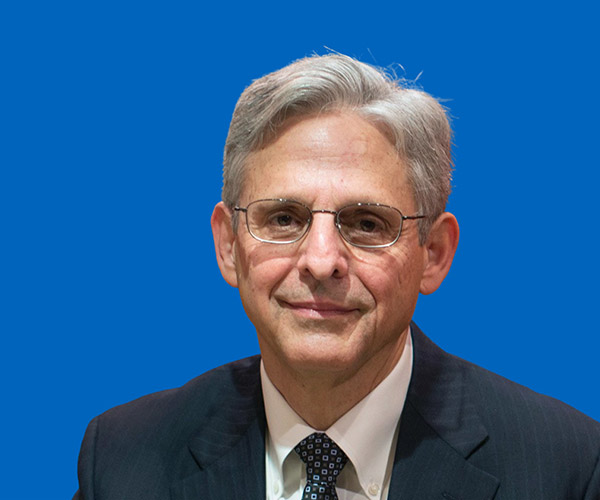
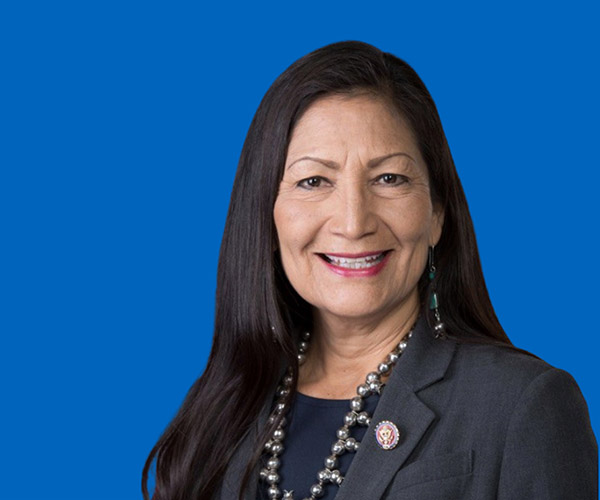



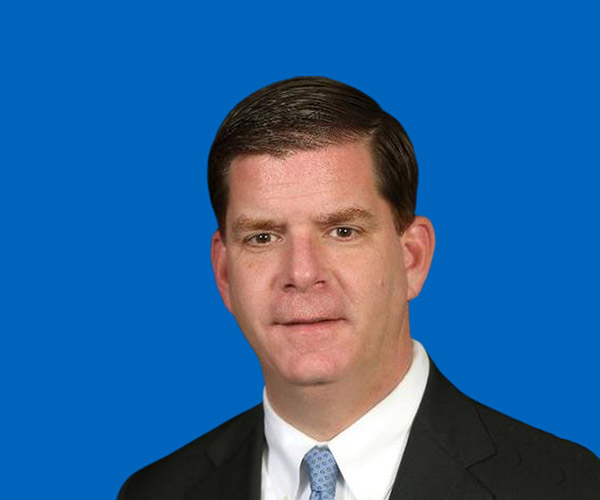
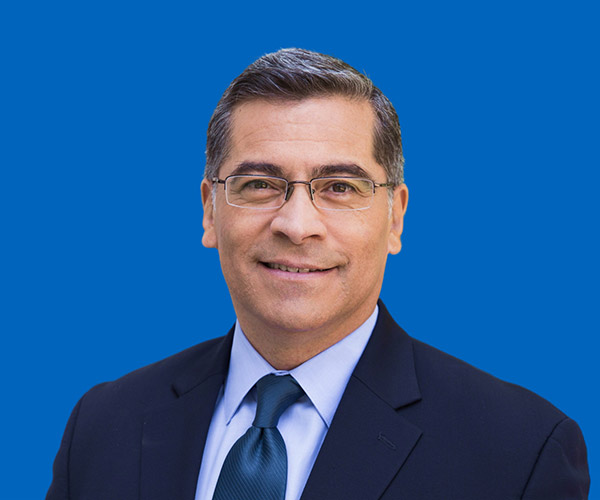
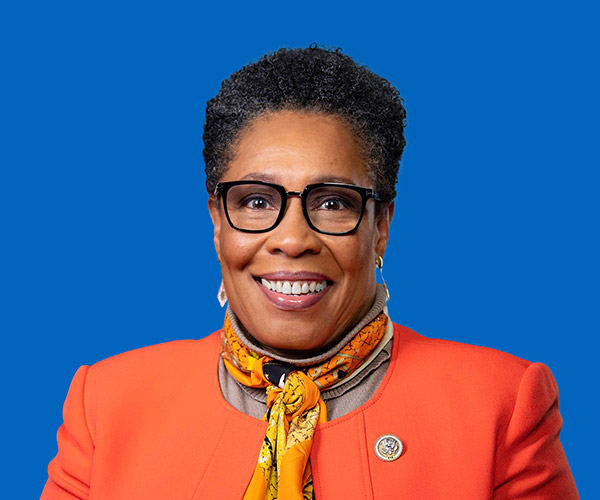
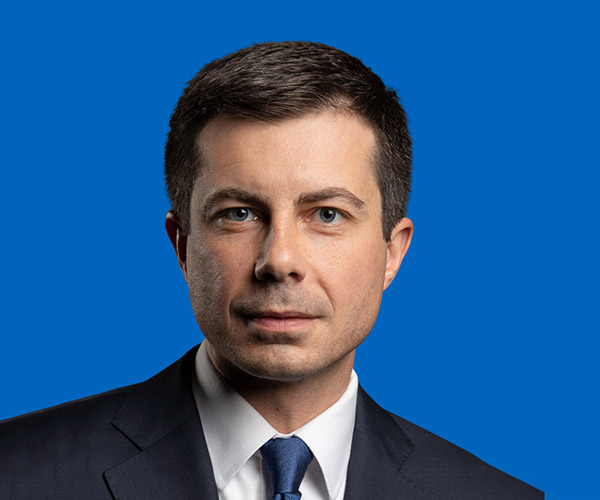








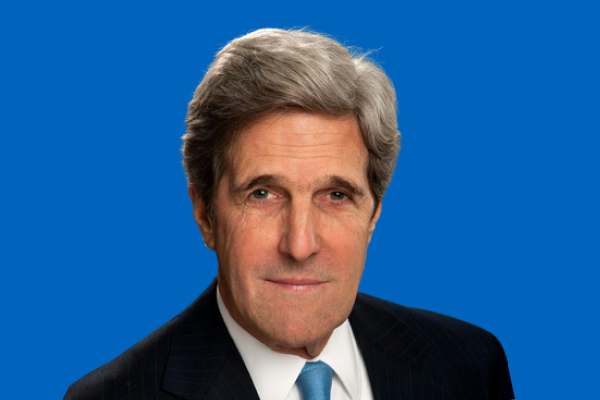




0 Response to "What Are The Current Climate Change Policies In The Us"
Post a Comment